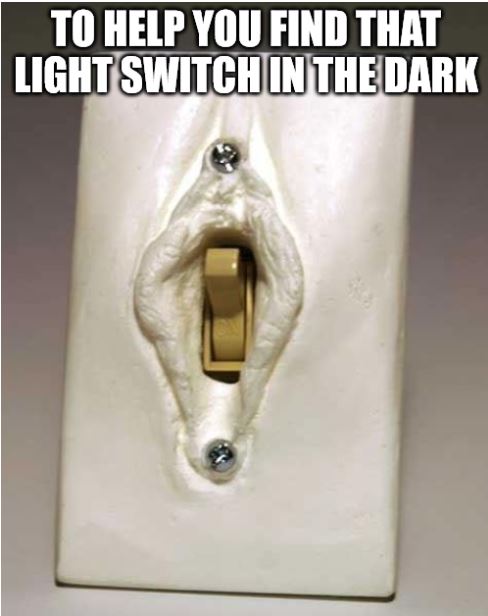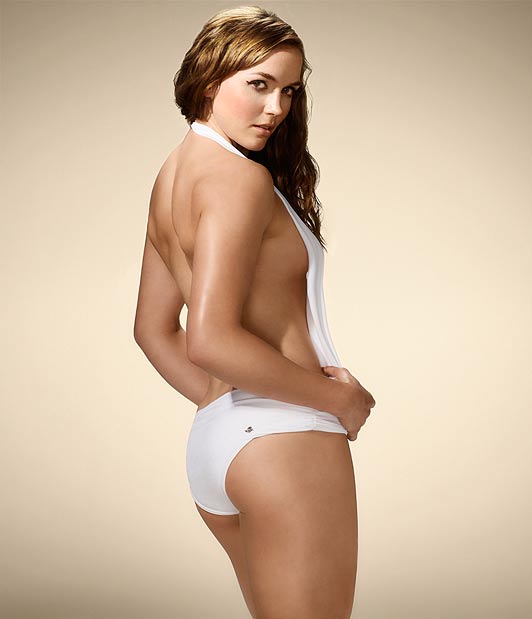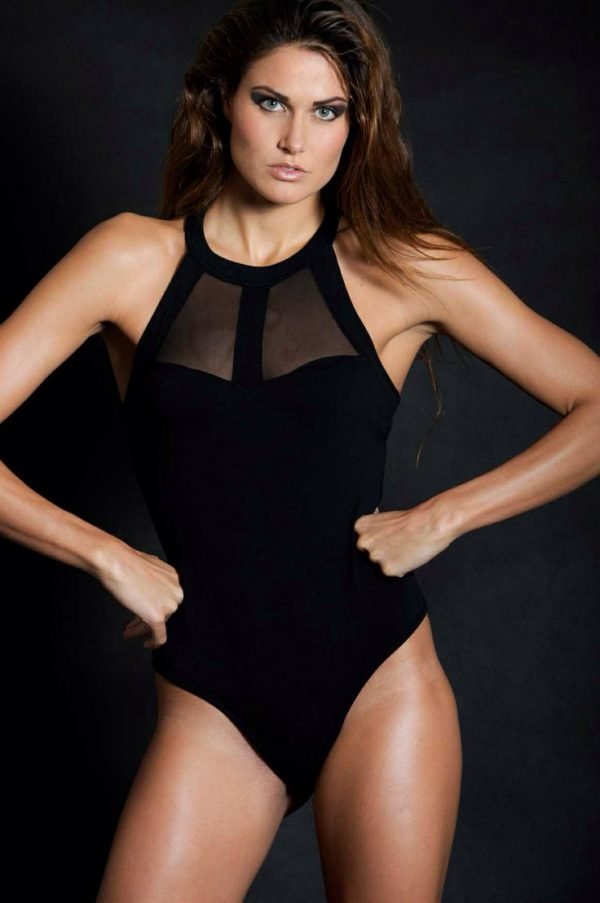
So let’s get out of the water for a while:











Last week’s sporty look seemed popular, so let’s go back in time a little:




But enough of all that; time to work.


So let’s get out of the water for a while:











Last week’s sporty look seemed popular, so let’s go back in time a little:




But enough of all that; time to work.
Following on from last week’s B&W pics, here are some full-color lovelies from the same source:
Alexandra Maria Lara

Amy Smart
Brittany Mason

Carina Tyrrell

Claire Sweeney

Jill St. John 
Claire Goose

Danielle Lloyd

Elizabeth Rohm

Juanita Lamas

Kirsty Gallacher

Letitia Dean

Pamela Des Barres

Sharon Corr

Shilpa Shetty

As I may have said earlier, I have no idea why these particular pics ended up in some obscure folder on my laptop (other than perhaps the obvious reasons), but anyway, there they are.
Here’s a slightly different take on the usual “best of” compilations. In this case, it’s “album tracks” / B sides from the 1970s. The fact that some of the songs are instantly recognizable just shows how much good stuff there was. (Crap like Mr. Bloe aside, that is.)
And yes, if you want some more of the same, here it is. And one more time…
Black River Swamp. NO IDEA where that came from.


Let’s stay with some more Wimmin’s Issues:

...or, just don’t exercise at all. Problem solved.
![]()
...for those all-important BJs during the 7th-inning stretch? I’ve never played baseball before, but I’ve been told that this is important.
![]()
...but, but, but female problems!!!
Speaking of female problems, here’s just a quick look at one:
![]()

...the problem being that all women of her age hate her.
Now some Election 2024 News:


...I just don’t think those few dozen votes are going to make much difference, fuckhead.

...looks like the Harris County voters want to keep her as far away from Houston as possible, unsurprisingly.

...actually, not too bad when you consider that with Uber you don’t have to stop en route and change to another vehicle (as you do with the train). Also, if one assumes that she hadn’t booked her ticket far in advance, there’s this:

...I hope it was at least top-shelf tequila.
Let’s hear from the Global Cooling Climate Warming Change© supporters:

...as long as we can hang you from a lamp pole if it isn’t, Fuckface. [looking for rope]
From the Police Blotter:

...and here’s the whole story in a single pic:

And now, the latest PANIC NEWS!!!:

...lessee here: 5 deaths out of 250 million people, therefore a mortality rate of… (carry the four, uhhhh…). Yep: when the mortality rate exceeds that of “stabbed to death with carrot”, this definitely calls for mass panic.

...actually, we’re trying to keep ALL kids out of these Commie cesspits, but let’s not split hairs.
And now, some link-free ![]()










![]()

...let’s have a quick look at the now-48-yr-old Baby Spice, shall we?






And one from the earlier years:

Ooooh yes, Baby… Daddy likes.
And that’s the news.
In this case, the dead horse would be me — or rather, my plans to fly on that fucking Oz airline to their poxy country. But that’s not what this latest breathless missive is about, oh no:

Hi Kim,
This month, I have some exciting news to share about the investments we’re making to improve your experience with us.
Firstly, our new A220s took to the skies last week. Featuring sleek new comfortable interiors, they offer a more sustainable way to fly across Australia and beyond. We’ve also improved the Qantas App so you can now track your checked baggage on any Qantas operated flight.
This is just the start of the investments and improvements we’re making, and I look forward to keeping you updated.

“Digital Officer”, hey? Then you’ll have no problem interpreting this digital signal, then:

I’m so glad that Qantarse is getting all those shiny new planes which make flying more “sustainable” (do they even realize how full of shit they sound?), as opposed to simply “more economical”.
It’s just too bad that I’m never going to sit in one.
Back when I was in the customer loyalty business, I remember setting targets as to how often we would try to entice a customer to shop with us — as I recall, after four or five fruitless attempts, we’d give it up as a lost cause.
I’m curious to see how long it will take OzAir to come to that conclusion with me.